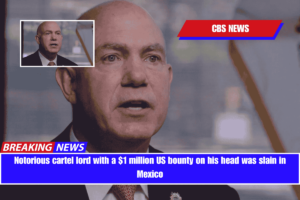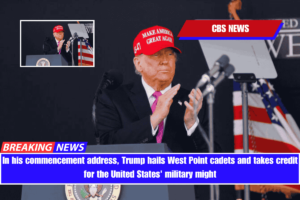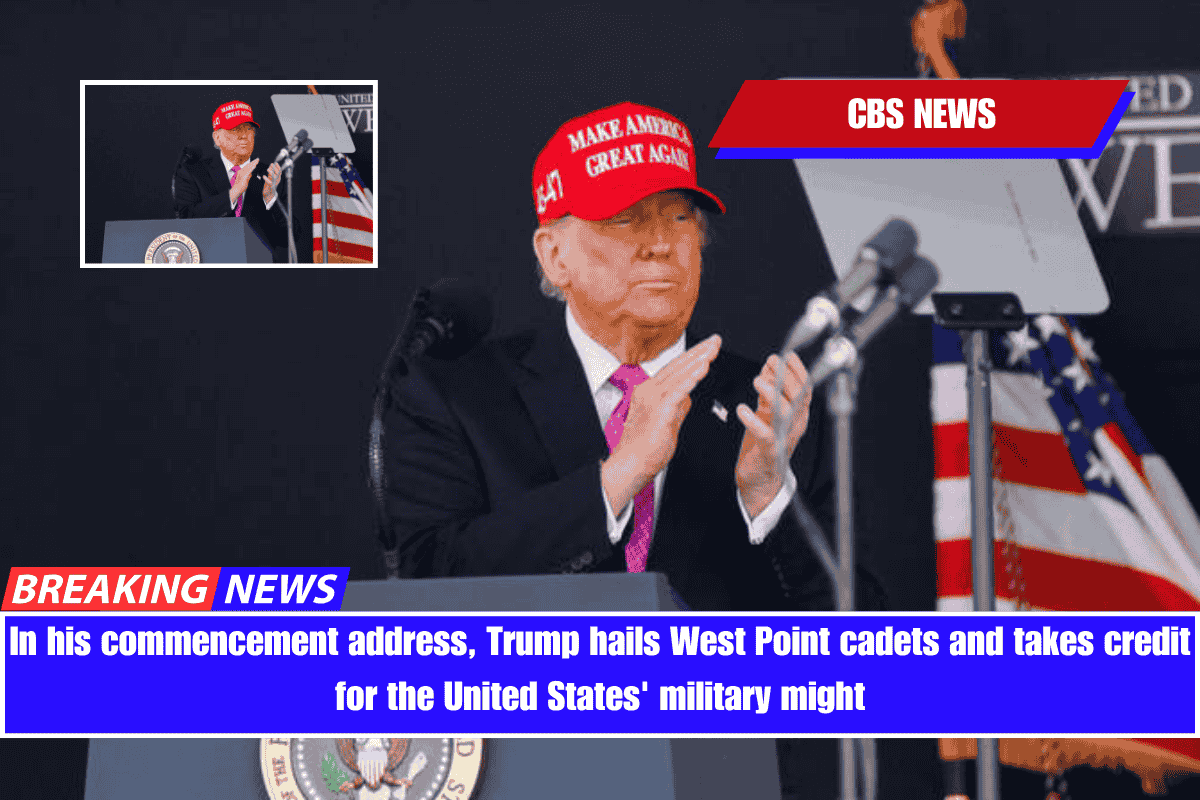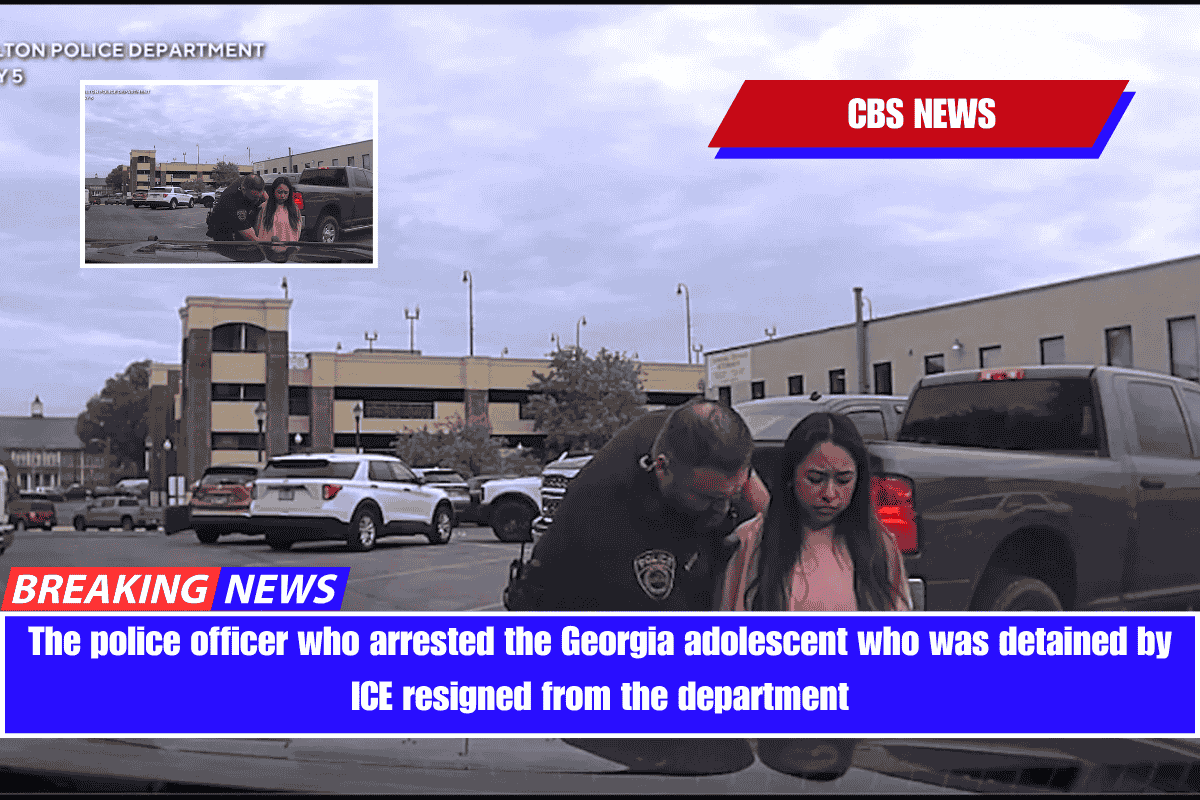Catholic cardinal electors from six continents gathered Wednesday in the Vatican’s Sistine Chapel for the 2025 conclave to elect a new pope. After the first round of voting, black smoke rose from the Sistine Chapel as night fell in Rome, indicating that they had not yet reached an agreement on the next pontiff.
The conclave began 16 days after the death of Pope Francis, 88, who had led the world’s 1.4 billion Catholics for 12 years.
Since no one received the required two-thirds-plus-one vote in the first round, the cardinals will resume the process on Thursday morning. When a new pope is elected, a white smoke signal will be sent up the chimney.
It is impossible to predict how long the conclave will last, but many observers believe the 133 cardinal electors will select a new pontiff within a few days.
Earlier Wednesday, the dean of the College of Cardinals, Giovanni Battisa Re, led a final mass in St. Peter’s Basilica.
“We are here to invoke the help of the Holy Spirit, to implore his light and strength so that the pope elected may be he whom the Church and humanity need at this difficult and complex turning point in history,” the cardinals were told by Re. “This is also a strong call to maintain the unity of the Church … a unity that does not mean uniformity, but a firm and profound communion in diversity.”
Re suggested that the cardinals pray for “a pope who knows how best to awaken the consciences of all and the moral and spiritual energies in today’s society, which is marked by great technological progress but tends to forget God.” Today’s world expects a lot from the church in terms of protecting the fundamental human and spiritual values that make human coexistence better and bring good to future generations.”
Following a gathering in the Apostolic Palace, the most diverse group of electors ever, representing at least 70 different countries, walked in procession from the palace’s Pauline Chapel to the adjoining Sistine Chapel, where the conclave will take place.
The process of selecting a new pope is shrouded in secrecy, and the cardinal electors lined up one by one to take an oath inside the chapel just before the conclave began, vowing to keep that secrecy.
“In a particular way, we promise and swear to observe with the greatest fidelity and with all persons, clerical or lay, secrecy regarding everything that in any way relates to the election of the Roman Pontiff and regarding what occurs in the place of the election, directly or indirectly related to the results of the voting,” the cardinals wrote in Latin. “We promise and swear not to break this secret in any way, either during or after the election of the new pontiff, unless explicit authorization is granted by the same pontiff.”
During the conclave, cardinal electors are required to turn in their digital devices.
Dozens of less senior Vatican staff and clergy who will participate in the conclave have already taken a similar vow of secrecy.
After the last of the cardinal electors took the oath of secrecy, Archbishop Diego Ravelli, the Vatican’s master of ceremonies, declared “extra omnes” — or “everyone out” — signaling everyone else to leave the Sistine Chapel so the conclave’s work could begin. The chapel’s doors were then locked from inside.
The cardinals were scheduled to vote once before an evening prayer on Wednesday, but because more votes are required, they will return to the Sistine Chapel Thursday morning to continue the process.


















Leave a Reply